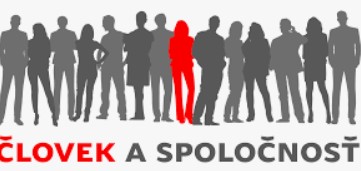Post-WWII migration flows in micro-perspective: The case of the east Slovak small town Medzev
Post-WWII migration flows in micro-perspective: The case of the east Slovak small town Medzev
Author(s): Tereza JuhászováSubject(s): WW II and following years (1940 - 1949), Post-War period (1950 - 1989), Migration Studies, Ethnic Minorities Studies, Asylum, Refugees, Migration as Policy-fields
Published by: SAV - Slovenská akadémia vied - Spoločenskovedný ústav SAV
Keywords: Migration; German Minority; Microhistory; Expulsion; Industrialization; Czechoslovakia; Medzev;
Summary/Abstract: Background: During World War II and in its aftermath, Central Europe was exposed to huge migration waves. People of different religions and various mother tongues had to leave their homes and newcomers settled in the abandoned places. This paper focuses on a small town, Medzev, located on the southern edge of Spiš (eastern Slovakia), which was until the end of World War II inhabited mainly by a German-speaking population. Although the region faced emigration waves in the 19th century, it was during and after World War II when local people experienced forced migration on the order of the authorities. Local German-speaking inhabitants were “evacuated” to northern Moravia because of the approaching Red Army in autumn 1944. During the next year they tried to come back home, only to be interned in local concentration camps. Those, who remained in town faced in the first months of 1945 removal to the Soviet Union (USSR). During 1946 and 1947, the inhabitants of Medzev tried to escape from the state-ordered expulsion of Germans from Czechoslovakia. However, the most important migration flow which changed the linguistic character of the town came only during the 1960s, when the larger metalworking plant Strojsmalt was established in Medzev. The factory offered a wide range of job opportunities that stimulated flows of economic migration of Slovak-, Ruthenian- or Hungarian-speaking workers from neighboring villages. Objectives: While exploring local post-conflict and post-migration settings, this paper focuses on everyday life in the intimate small town community. How was the Medzev population influenced by post-war migration flows? What effects did the economic migration connected with socialist industrializationave on the prevalently German-speaking community? Conclusion: Drawing on archival sources and oral testimonies, this paper aims to show the microperspective of the post-war migration flows and interactions in an east Slovak small town. It claims that the dominance of German speakers in the remote town of Medzev was not ended by the postwar expulsion in late 1940s, but rather by economic migration flows connected with socialist industrialization in following decades. However, the relations between local German speakers with job-seeking Slovak “newcomers” were not conflictual and both groups adapted to each other. This paper argues that in the examined micro space, people were connected mainly through their working experience in the factory Strojsmalt and lived together without major conflicts. During the period of state socialism, it was mainly membership in the Communist Party that mattered, not the mother tongue.
Journal: Človek a spoločnosť
- Issue Year: 25/2022
- Issue No: 1
- Page Range: 1-18
- Page Count: 18
- Language: English

